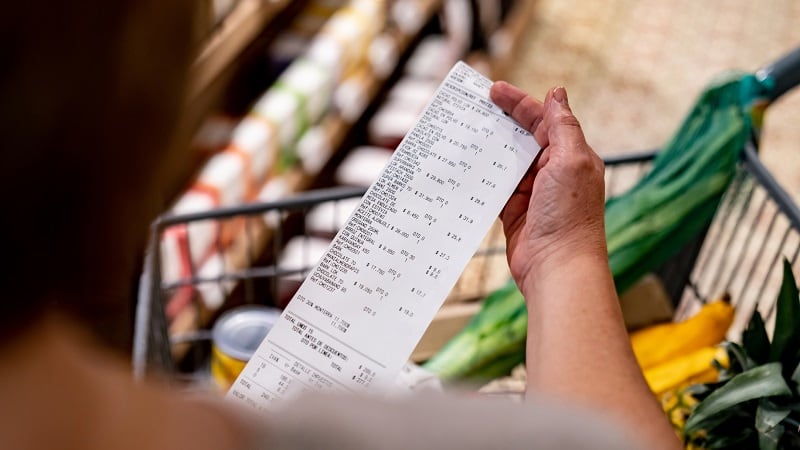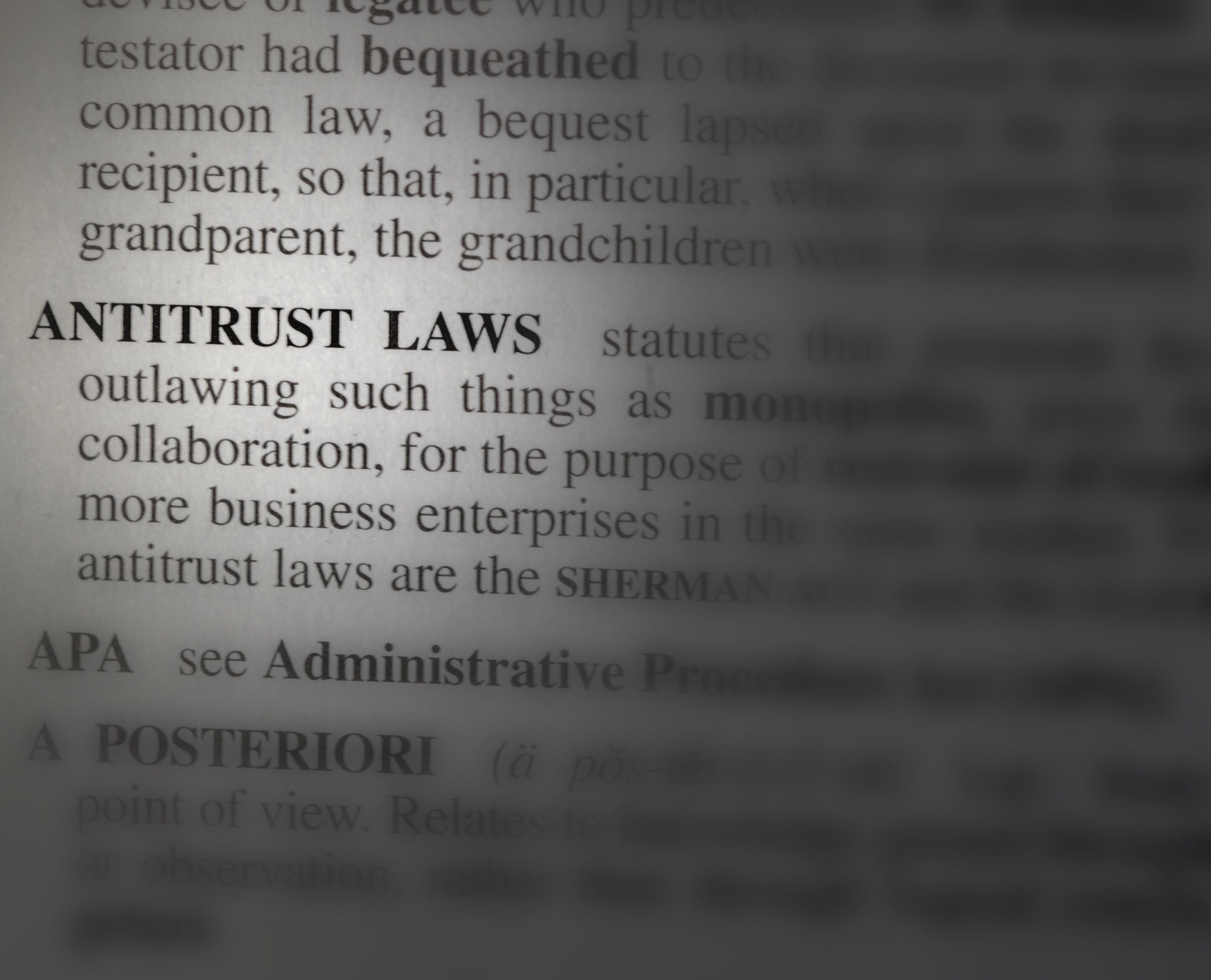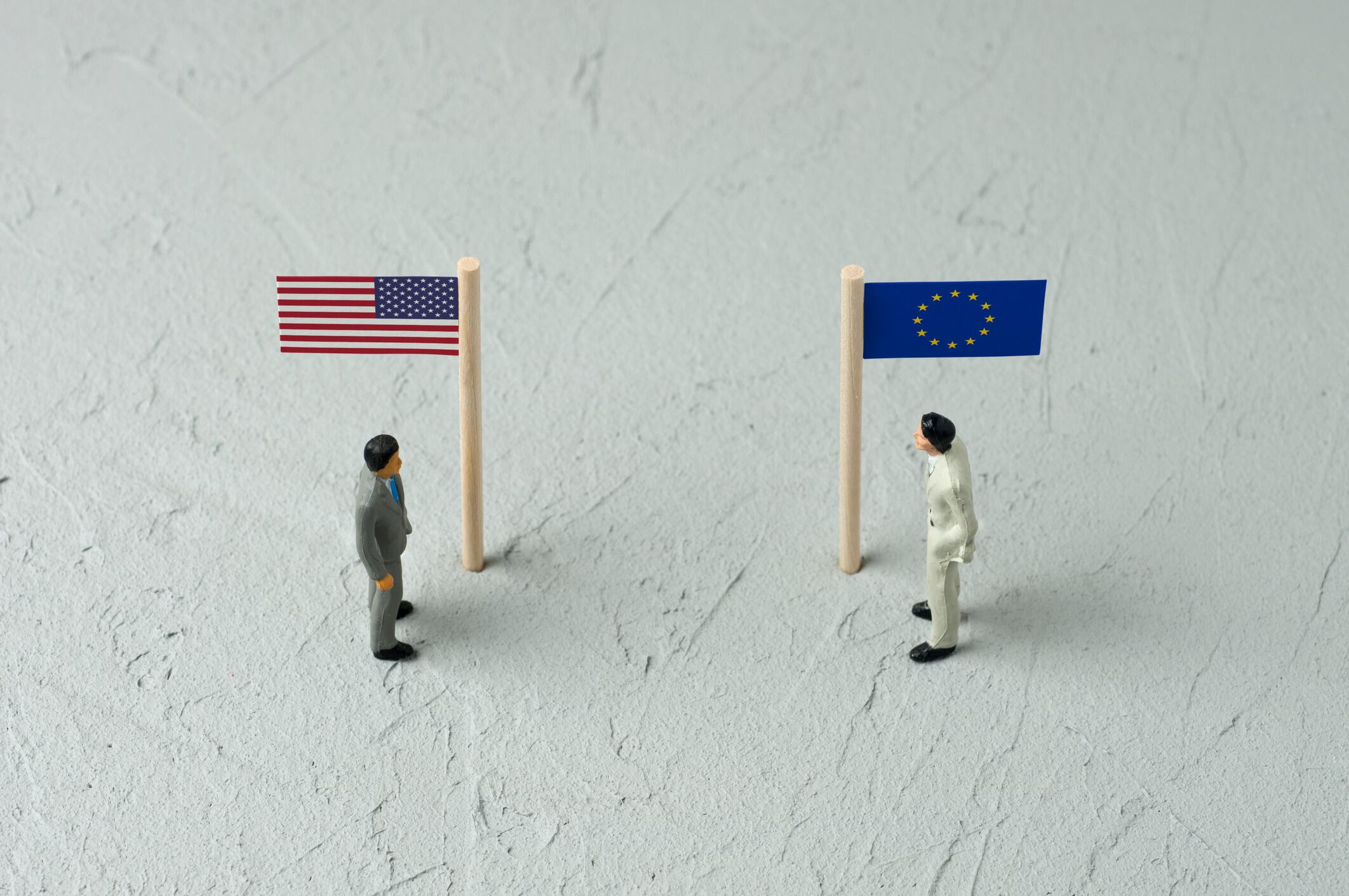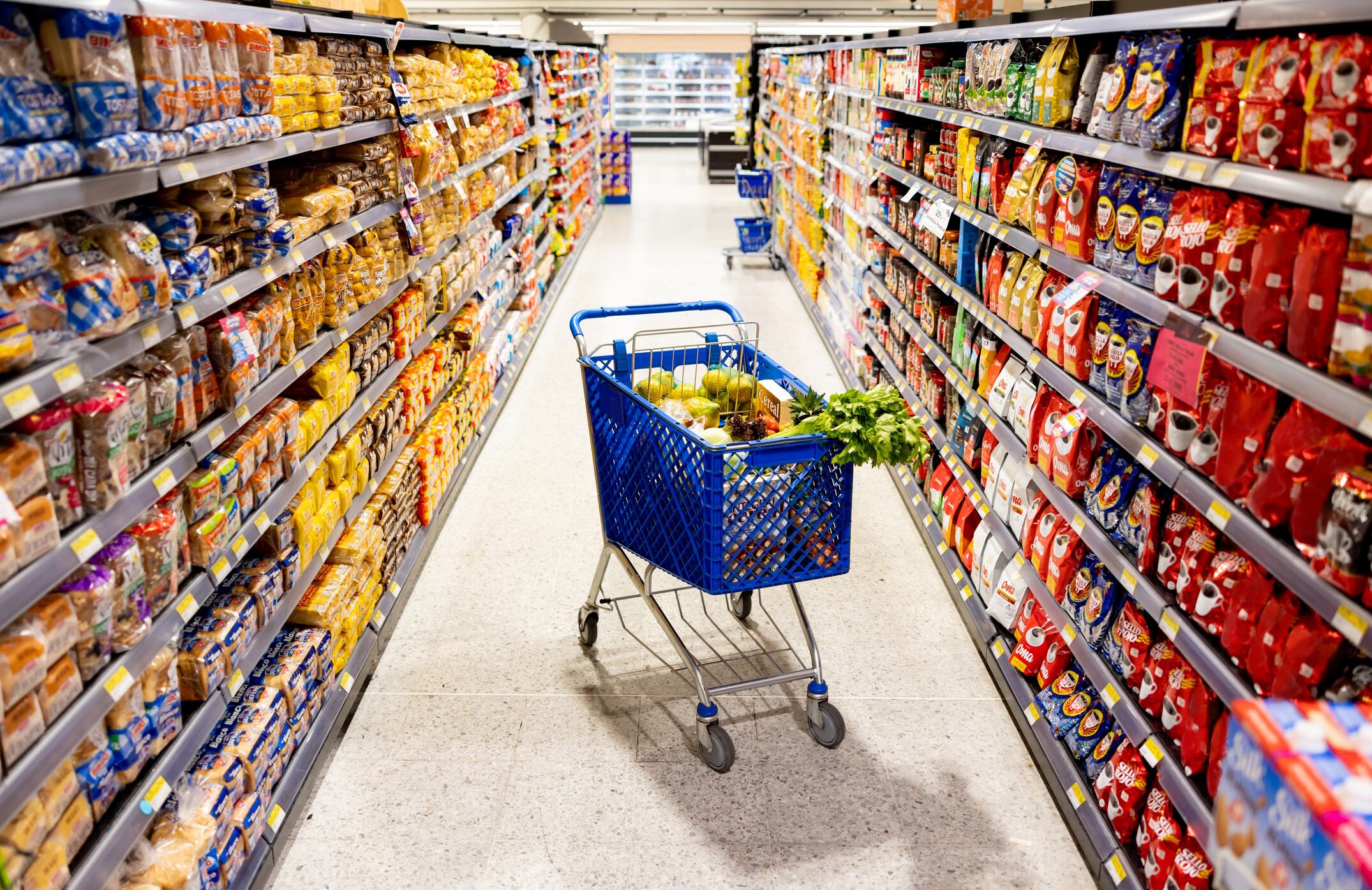How can the same merger be seen as benign in Washington, yet potentially harmful in Brussels?
The answer lies in the fundamental differences in how the two regulatory regimes assess mergers, especially in the consumer goods space.
In the US, the approach has been shaped in part by the Trump administration’s deregulatory stance, which has influenced the Federal Trade Commission (FTC) to clear deals more quickly unless direct consumer harm can be clearly demonstrated.
In contrast, the European Commission takes a more structural and preventative view – focusing not just on price effects but on how a deal might reshape market dynamics, strengthen supplier power or limit retailer bargaining room over time.
The Mars-Kellanova case is a textbook example of how antitrust isn’t just about numbers on a spreadsheet - it’s about regulatory philosophy, political context and differing interpretations of economic power.
Different rules, different goals

At the heart of the divergence is each region’s approach to what antitrust is meant to prevent.
In the US, the FTC is tasked with determining whether a merger leads to direct consumer harm: typically higher prices, reduced output or loss of innovation. If it can’t prove those harms in court, the FTC steps aside.
“Our job is to determine whether there is a violation of American law that we can prove in court. And once we’ve concluded there is not, our job is to get out of the way,” said Daniel Guarnera, director of the FTC Bureau of Competition, on the Mars-Kellanova green light
The FTC saw limited product overlap between the two giants, which made it easier to conclude there was no immediate competitive concern. Mars dominates candy and pet care, while Kellanova’s strengths lie in cereals and salty snacks. Together, the companies would control about 12% of the US snacks and candy market, according to NielsenIQ, but still trail behind competitors like PepsiCo, Mondelez, and Hershey.
Contrast that with the European Commission, which takes a broader view. In Europe, antitrust isn’t just about price but about market structure. Regulators ask whether a deal increases a company’s overall market power, even if there’s no immediate consumer harm.
The Commission flagged concerns this merger would give Mars too much sway in retailer negotiations across multiple categories. While there’s no exact EU equivalent of the US 12% market share, analysts estimate the merged company would control nearly 25% of key snack segments across Europe. Currently, the region’s top five snack firms – PepsiCo (including Frito-Lay and Walkers), Nestlé, Mondelez, Kellogg’s and Ferrero – already account for over 60% of the market.
“By acquiring Kellanova, Mars will add several very popular brands of potato chips and cereals to its already broad and strong product portfolio,” said Teresa Ribera, executive VP for Clean, Just and Competitive Transition, European Commission, in the 25 June statement.
The Commission further stated: “Mars could increase its bargaining power vis-à-vis retailers. As a result, Mars could be in a position to use this increased leverage to, for example, extract higher prices during negotiations, which in turn would lead to higher prices for consumers.”
Portfolio effects vs product overlap

Another major difference lies in how each side evaluates brand power.
In the US, enforcement tends to focus on head-to-head product competition. If two brands don’t directly compete in the same aisle, there’s often little case to make.
But Europe considers so-called ‘portfolio effects’: the idea that a wide stable of powerful brands can be bundled or leveraged together to push for more favourable retail terms. Pringles, Pop-Tarts, Cheez-Its and Kellogg’s cereals joining forces with M&Ms, Twix, Snickers (and on the pet side, Pedigree and Whiskas) could make Mars’ portfolio nearly unavoidable for many European retailers.
Carrefour, Tesco and other major European grocers reportedly raised concerns with the Commission that Mars’ expanded brand lineup could give it disproportionate leverage at the negotiating table. The fear is that refusing price hikes could mean losing access to household staples like Pringles or M&Ms – a risk few supermarkets are willing to take in today’s competitive grocery market.
There’s also the matter of pressure from industry. In Europe, large retailers carry significant weight in antitrust proceedings and their warnings appear to have influenced the Commission’s decision to escalate its probe. In the US, while consumer advocacy groups voiced concern, no major retailers appear to have opposed the deal publicly. That lack of pushback may have helped smooth the FTC’s review.
Market conditions and political context

The timing of the merger also helps explain the regulatory split.
In Europe, food inflation remains a political flashpoint and any deal that could further squeeze pricing dynamics draws intense scrutiny.
“As inflation-hit food prices remain high across Europe, it is essential to ensure that this acquisition does not further drive up the cost of shopping baskets,” said Ribera.
“Our in-depth investigation will assess the transaction’s impact on the price of these companies’ products for consumers in the EEA.”
The picture is more tempered in the US. Food inflation has slowed from pandemic peaks (currently around 2.9%) and the political appetite for intervention is lower. That, combined with a deregulatory posture established under the Trump administration, has encouraged a more permissive environment.
Under FTC chair Andrew Ferguson, a Trump appointee, the agency has prioritised evidence-based reviews and early conclusions when no antitrust risks are found. While the FTC has retained merger guidelines introduced under the Biden administration, Ferguson’s leadership has emphasised clearing deals that lack clear, provable consumer harm.
In the Mars-Kellanova case, with limited overlap and no measurable threat to competition, the FTC found no grounds to intervene.
What this all says about modern antitrust

The Mars-Kellanova deal underscores a widening divide in global antitrust enforcement.
In the US, regulators are often constrained by legal precedent and the burden of courtroom proof. In Europe, authorities have broader tools to act pre-emptively based on structural risks and stakeholder feedback, especially when essential categories like food are under pressure.
The deal has now received 27 of the 28 required regulatory clearances. The final decision lies with the European Commission, which is expected to deliver its verdict by 31 October. Mars could be asked to divest certain assets or offer behavioural remedies to get the deal over the line.
Whatever the outcome, the Mars-Kellanova saga is a reminder that the same corporate marriage can look very different depending on where it’s being reviewed and who’s doing the reviewing.




